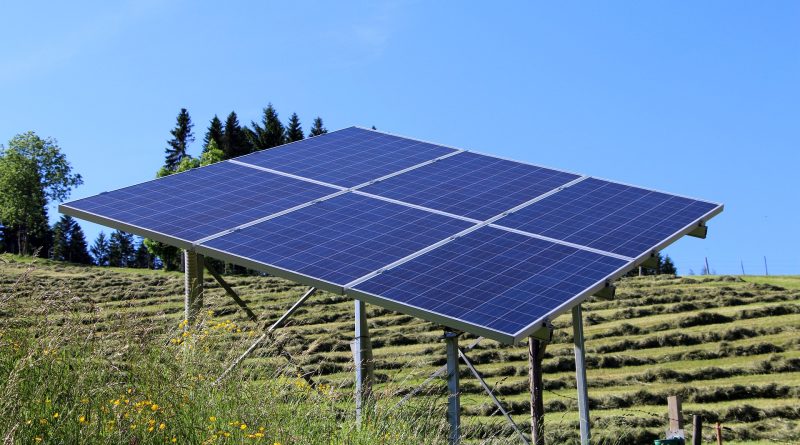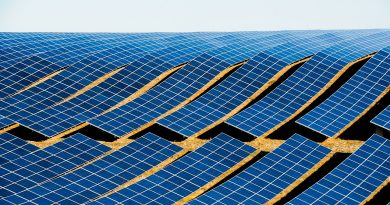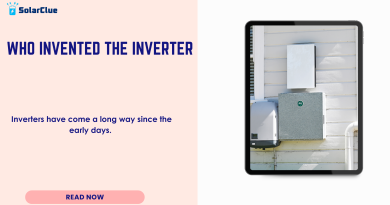Solar Rooftop Grid Solutions: Harness Clean Energy
In this era of renewable energy and environmental consciousness, more and more people are turning to solar power as a clean, sustainable, and cost-effective way to generate electricity. Among the various solar solutions available, solar rooftop on-grid systems have emerged as an efficient and popular choice for homeowners, businesses, and even governments. These powerful systems allow users to harness the sun’s energy, reduce their carbon footprint, and potentially save on their electricity bills. In this blog, we will explore the benefits and inner workings of solar rooftop on-grid solutions, shedding light on this bright future of energy generation.
Table of Contents
The Basics: What are Solar Rooftop On-Grid Solutions?
Solar rooftop On-grid solutions, also known as grid-tied solar systems, are photovoltaic (PV) systems that are directly connected to the local electrical grid. Unlike stand-alone systems that require batteries to store excess energy, on-grid systems rely on the existing utility infrastructure to balance and distribute electricity. These systems consist of solar panels installed on rooftops or ground-mounted arrays, an inverter that converts direct current (DC) from the panels into alternating current (AC) for use, and a bi-directional meter to monitor energy flow between the system and the grid.
Advantages of Solar Rooftop On-Grid Solutions
1. Cost-effectiveness: On-grid systems eliminate the need for costly battery storage, reducing upfront installation expenses.
2. Energy independence and security: With on-grid solutions, users still have access to grid electricity when their solar system does not generate enough power, ensuring a reliable energy supply.
3. Net metering: On-grid systems allow users to benefit from net metering, a billing arrangement where excess energy generated by the system is fed back into the grid, resulting in credits that can offset future electricity bills.
4. Social and environmental impact: By generating clean energy, on-grid systems contribute to a greener planet and a reduction in greenhouse gas emissions, helping combat climate change.
Components of a Solar Rooftop On-Grid System
Now, let’s delve into the key components that make up a solar rooftop on-grid system:
Solar Panels
Solar panels, also known as PV modules or solar modules, are the heart of any solar system. These panels consist of several solar cells made of semiconductor materials, such as silicon, which convert sunlight into electrical energy through the photovoltaic effect. By harnessing sunlight, solar panels generate DC electricity.
Inverter
The inverter is a crucial component of an on-grid system as it converts the DC electricity produced by the solar panels into AC electricity usable by households or businesses. In addition, inverters synchronize the system with the grid, ensuring a smooth flow of electricity in both directions.
Mounting and Racking
To support solar panels, mounting and racking systems are used to secure and position the panels optimally. These systems are designed to withstand various weather conditions and ensure maximum exposure to sunlight to enhance energy production.
Bi-directional Meter
A bi-directional meter is installed to measure and monitor the flow of electricity between the grid and the solar system. It records the amount of electricity drawn from the grid and the excess energy exported to the grid, enabling accurate billing and net metering calculations.
Installation and Functionality of Solar Rooftop On-Grid Systems
The installation process of solar rooftop on-grid systems typically involves the following steps:
Solar System Design and Site Assessment
Before installation, a comprehensive assessment of the site is conducted to assess the solar potential, orientation, shading, and structural suitability. Based on these evaluations, the solar system design is finalized to maximize energy generation.
Permits and Approvals
Once the design is ready, necessary permits and approvals must be obtained from local authorities or utility companies to comply with regulations and ensure safe installation.
Installation
During installation, solar panels are mounted securely on the roof or ground with the help of the mounting and racking system. The inverter is connected to the panels, and electrical wiring is properly installed to connect the system to the grid. Finally, the bi-directional meter is installed and calibrated.
Conclusion
Step into the era of clean energy with SolarClue®! Explore the realm of solar rooftop grid solutions, seamlessly blending solar power with utility grids. From understanding net metering benefits to navigating government incentives, SolarClue® provides expert guidance. Our professional installations ensure a swift transition to cost-effective and sustainable energy. Whether for your home or business, discover the advantages of continuous power, reduced bills, and environmental responsibility. Contact SolarClue® today and embark on a journey towards energy efficiency. Choose SolarClue® as your trusted partner in solar rooftop grid solutions, and together, let’s illuminate a brighter, sustainable future.
Frequently Asked Questions
Solar rooftop grid solutions refer to systems that harness solar energy using rooftop-mounted panels connected to the grid for seamless energy exchange.
During daylight, solar panels generate electricity, with the excess fed into the grid. Non-daylight hours see the system draw power from the grid as needed.
Typically not. Solar rooftop grid systems rely on the grid for storage, eliminating the need for additional energy storage components.
Net metering allows users to receive credits for surplus electricity sent back to the grid, providing potential savings on future utility bills.
Standard solar rooftop grid systems shut down during outages for safety. For continuous power, hybrid systems with backup capabilities are recommended.
Installation times vary but are generally efficient. SolarClue® ensures prompt and professional installations for a seamless transition to clean energy.
Businesses can reduce operational costs and contribute to sustainability. SolarClue® specializes in tailored solar rooftop grid solutions for commercial spaces.
Yes, SolarClue® guides users to maximize benefits from available government incentives, enhancing the financial appeal of solar rooftop grid installations.
SolarClue® provides advanced monitoring solutions, empowering users to track and optimize system performance remotely for increased efficiency.
Absolutely, SolarClue® offers tailored solutions for residential and commercial spaces, ensuring efficient energy production aligned with diverse requirements.




